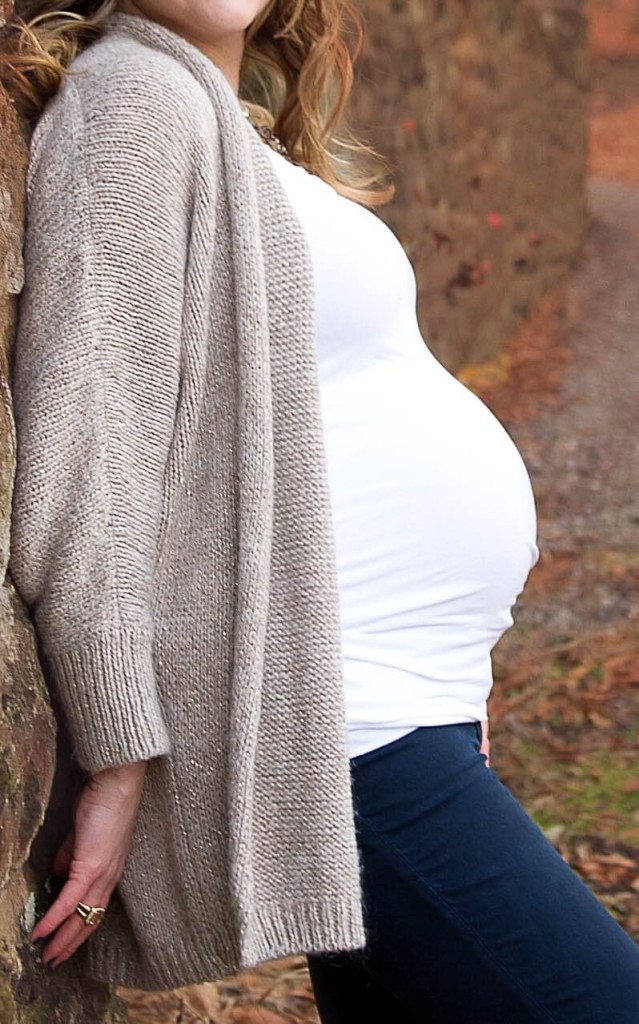
The easiest way to teach kids about pregnancy and conception is to let them ask—as most little kids will when they see a pregnant woman. “Why does Aunt Julie have a big belly?” “Why is Mrs. Smith so fat?”
Your job is to answer the question—and continuing answering the follow-up questions until your child seems satisfied. Do not duck the subject! If you avoid answering, especially repeatedly, your child will learn a) there’s something about this topic that makes it taboo–it must be bad; and b) my parent is not a reliable source of information. Not the messages you want to convey.
So:
“Mrs. Smith isn’t fat. Her belly is big because there’s a baby growing inside her.”
“In her tummy?”
“No, not in her stomach. In a special place called the womb, or uterus, that’s just for growing babies.”
“Oh.”
A lot of kids will stop there. (You may now sigh in relief—and hurry to buy a children’s book about conception, if you haven’t already.) But eventually it will happen:
“How did the baby get in there?”
(Deep breath.) “The mother and the father make the baby together.”
“But how?”
“The father puts his penis in the mother’s vagina. The father gives a special thing called sperm, the mother gives a special thing called an egg or an ovum, and the two parts together grow into a baby.”
Child’s likely responses: “Really?!?” or “Yuck, I’m never going to do that.”
Now’s your chance to cross the last big hurdle by mentioning pleasure. “I know it sounds weird. But when two people really love each other, it actually feels good.”
It can feel scary to think about having this talk, but it really won’t be as bad as you may think. Likely you’ll be more weirded out by the conversation than your child is, anyway. And once you’ve covered penetration and pleasure, you’re done with the hardest parts! The younger your child is when you provide this essential information, the easier it’ll be, and the more readily he’ll turn to reliable-source you when he has questions over the years.